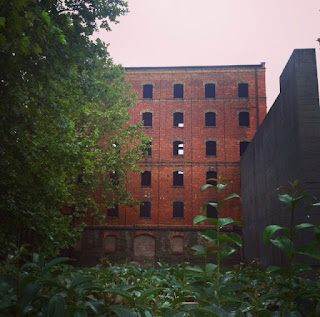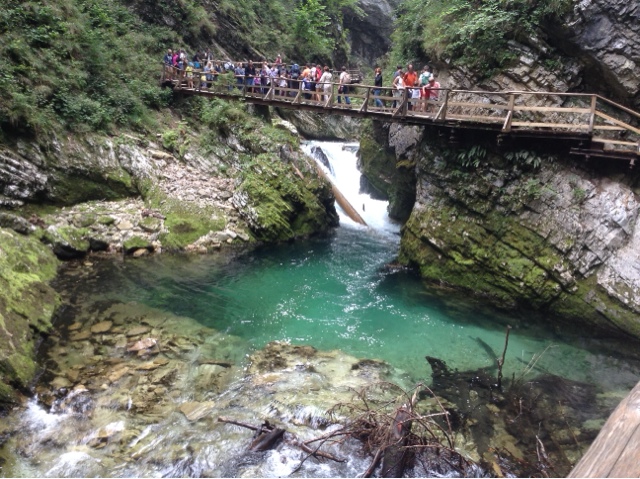Wanting a taste of Roman ruins we so missed from Italy, we headed to Solin, the ancient ruins of a Roman town once called Salona. Even with only the ruins left, it was clear that this was once an important city and indeed at one time it was considered the capital of the Croatian Provence Dalmatia, and also the birthplace of the Emperor Diocletian. Mostly destroyed in the sixth and seventh centuries the inhabitants then fled to Split and the flourishing area known as Diocletian's Palace. The ruins of course remained, and are magnificent to this day!
Walking through the entrance it was immediately impressive as we entered an area known as the Manastirine, where Christian martyrs were buried beginning when Christianity was still outlawed. The sarcophagi which have been uncovered here were beautiful and often intricately carved - it felt rather odd to see them simply lying open to the elements and unprotected instead of the pieces in temperature regulated areas and behind glass protectors as one usually sees in museums.
Many of the sarcophagi still had their lids on but with huge cracks or even holes in them - I felt sure that zombies were going to break out of them at any moment.
It was a burning hot day and I was reminded of my last Europe trip, dying of heat and sweating copious amounts while wandering the mountain sides of Greece looking at ruins. Luckily some shade existed and we took shelter under the leafy trees, enjoying the tranquility of the ruins. Although a stunning archaeological site, it appeared to be little known as there were only one or two other tourists wandering the giant site (probably down to Croatia's ridiculously atrocious sign-posting, but more on that later).
After a delightful wander through the old Roman baths (a truly integral part of any Roman town) we made our way to what was once the city gate where the old Roman road was still visible in places, even with the grooves from where carts trekked their paths long ago. Although roads may not seem that interesting (after all they are simply blocks of stone) they are one of my favourite archaeological features, simply because they never fail to give me that sense of awe and the realization that I am actually walking where others once walked, thousands of years ago, in their very footsteps. It never ceases to boggle my mind.
Past the city gate lay a rather impressive amphitheater, once able to seat up to 18,000 spectators who would sit in the blazing sun and watch gladiators fight to the death (tempting as it sounds I think I would have to pass on the opportunity). Although still impressive to wander around (my hands were itching to find a trowel and start digging at the un-excavated parts like a maniac) it was partially destroyed by the Venetians in the 17th century for apparent strategic reasons. (Damn those conquering Venetians!) Overall I very much enjoyed these ruins, it was an unexpectedly large and impressive archaeological site which was well worth a visit!



















































